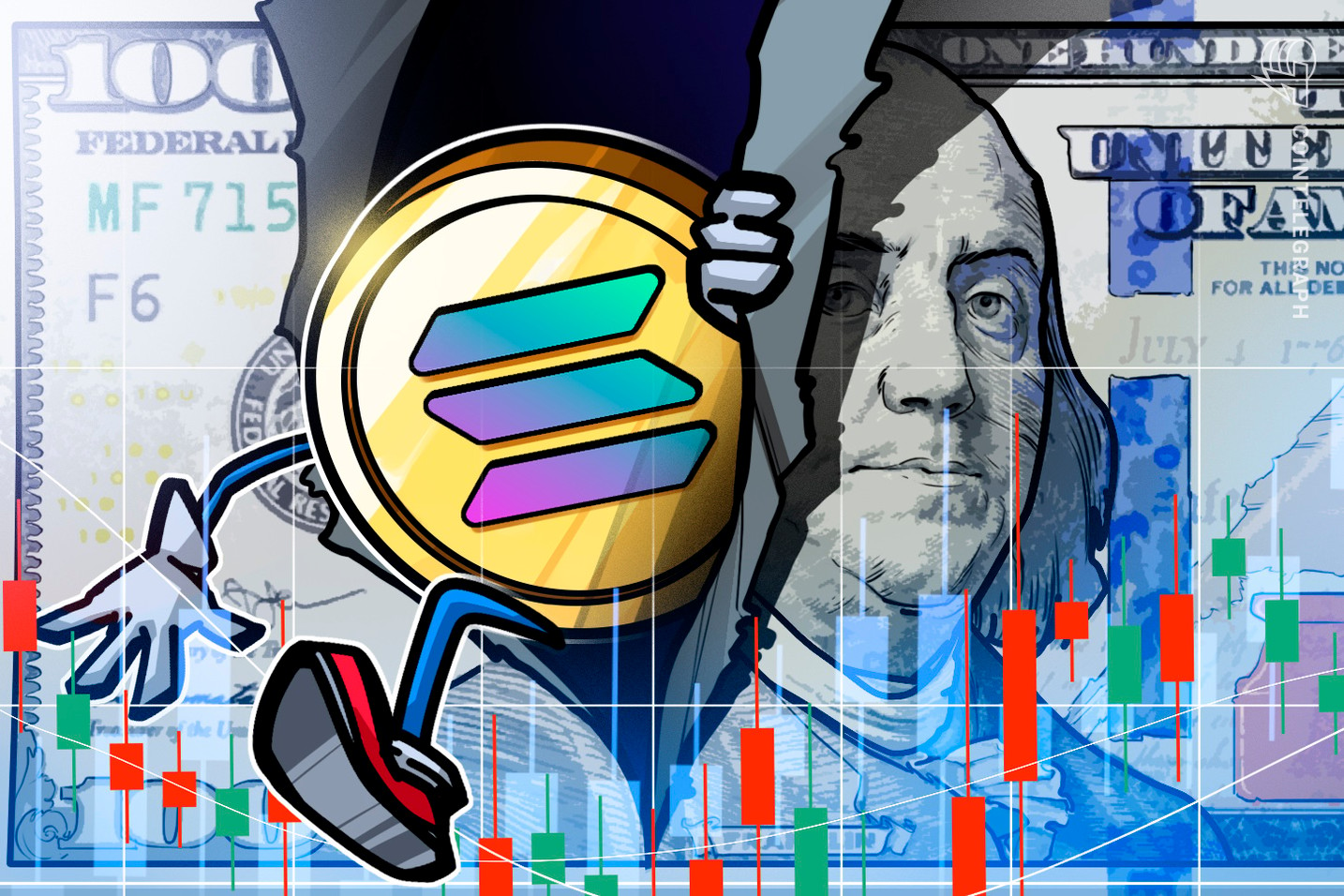Key takeaways:
SOL recovered above $200, but weak onchain activity and rising competition limit the odds of a sustainable rally.
Traders show little bearish conviction, yet stagnant network growth and shifting market share keep SOL’s upside capped.
Solana’s native token SOL (SOL) climbed back above $200 on Tuesday, recovering from Friday’s flash crash that pushed prices down to $167. Still, the record $1.73 billion in long liquidations left a lasting mark on SOL’s derivatives market, prompting traders to question whether the bullish momentum has faded and if the token can realistically hit $300 this cycle.
Demand for leveraged bullish positions remains muted, as the perpetual futures funding rate hovers around 0%. Under normal market conditions, this indicator typically ranges between 6% and 12%, showing that longs (buyers) are willing to pay to maintain their exposure. Notably, SOL’s funding rate before Friday’s crash was around 4%, already below the neutral range.
When the funding rate turns negative, it generally indicates that shorts (sellers) dominate, though this rarely lasts long due to the cost of maintaining those bets. Even so, the ongoing strain in SOL’s derivatives market likely mirrors the broader damage Friday’s liquidations inflicted across the cryptocurrency sector.
Weak Solana network activity amid increased competition
Solana’s onchain metrics reveal a persistent lack of bullish momentum, even with SOL trading 31% below its $295 all-time high from January. Network activity has struggled to regain traction since the memecoin frenzy earlier in 2025, and the blockchain has also lost its lead in decentralized exchanges (DEXs) as new competitors gain market share.
Decentralized applications (DApps) on Solana generated $35.9 million in weekly revenue, while network fees totaled $6.5 million, marking a 35% drop from the previous month. This slowdown weakens demand for SOL as the payment token for blockchain computation. Lower activity also reduces staking yields for SOL holders, adding further downside pressure.
In contrast, competing networks such as BNB Chain, Ethereum and Hyperliquid have seen their fees rise significantly, largely at Solana’s expense. BNB Chain’s impressive $59.1 million in weekly fees highlights the success of four.meme, a memecoin launchpad platform fully integrated with Binance Wallet and positioned as a direct rival to Solana’s Pump.fun.
Even if one assumes BNB Chain’s momentum is temporary, fees across the Ethereum ecosystem have surged. Layer-2 scaling networks such as Base, Arbitrum and Polygon each saw weekly fees jump by 40% or more. Uniswap recorded its highest-ever weekly fees at $83.8 million, driven largely by activity on Ethereum and Base. Meanwhile, Hyperliquid also benefited from Friday’s market volatility, posting a notable spike in trading fees.
To gauge whether SOL traders have turned bearish, it’s useful to examine the balance between call (buy) and put (sell) options.
The SOL put-to-call volume ratio on Deribit has remained below 90% for the past week, signaling weak demand for neutral or bearish positions. Historically, when traders expect a correction, this metric rises above 180%—a level last reached on Sept. 20, following an 11-day, 26.7% rally in SOL’s price.
Related: BNB Chain sees record user activity, transactions up 151% in 30 days
While SOL’s derivatives metrics may have been distorted by the volatility from Friday’s flash crash, the ongoing weakness in onchain activity as rival blockchains gain momentum is concerning. The rise of Aster, Hyperliquid and Uniswap has come directly at the expense of Solana’s upside potential.
Even if traders are not explicitly bearish on SOL, it is unlikely that a single event, such as the potential approval of spot Solana exchange-traded funds in the United States, would be enough to drive its price to $300 in the near term.
This article is for general information purposes and is not intended to be and should not be taken as legal or investment advice. The views, thoughts, and opinions expressed here are the author’s alone and do not necessarily reflect or represent the views and opinions of Cointelegraph.
